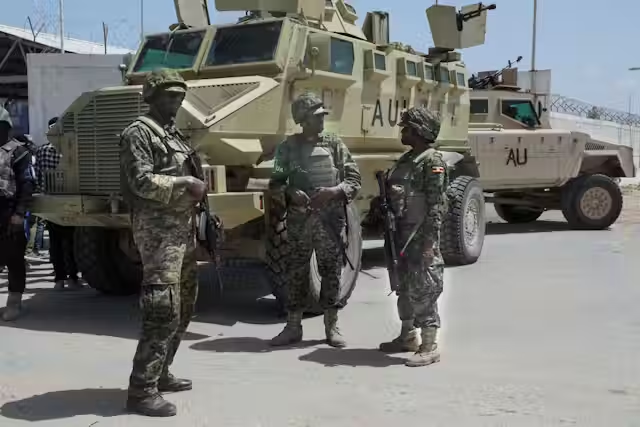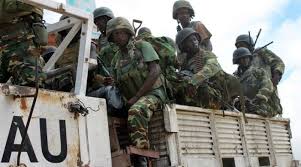The African Union (AU) African Standby Force (ASF) has been part of the continental bloc peace and security architecture for 20 years, growing in scope, capacity and effectiveness, its Director Conflict Management told a commemorative webinar in September.
The actual anniversary of the continental peacekeeping force was marked in May, coinciding with the 20th anniversary of the AU Peace and Security Council (PSC) alongside a Military Staff Committee (MSC) meeting in Dar Es Salaam.
Addressing the webinar, Dr Alhadji Sarjoh Bah said the ASF has made commendable and significant strides in its existence to date. “It has contributed to PSOs (peace support operations) across our continent, often under challenging circumstances, with notable examples of deployment in crises such as Somalia, Sudan and the Central African Republic (CAR) among others”. These missions, according to him, demonstrated AU capacity to act “decisively in defence of peace, security and democratic principles as espoused in the AU Constitutive Act.”

Looking back, he noted significant progress made by the ASF. “It has developed the ability to mobilise and deploy forces rapidly, fostered greater co-operation among African states and contributed to the stabilisation of numerous conflict zones. The ASF also played a crucial role in shaping the AU approach to deploying PSOs on the continent, adopting a multi-dimensional approach whilst emphasising the importance of African leadership, among other principles, in resolving African conflicts.”
Changing tack and going to the future, Bah said the ASF “must continue to evolve” in the light of a constantly changing continental security landscape. He named three specifically – the rise of non-state actors, an increasing impact of climate change on conflict, and the need for more comprehensive approaches to address the root causes of instability.
Elaborating, he pointed to the diversity of threats from asymmetric warfare and terrorism to pandemics and climate-induced disasters as demanding the ASF continues to adapt and innovate to remain relevant, effective and fit for purpose. Included are enhancing capabilities to address unconventional threats, such as terrorism, cyber threats and pandemics while remaining responsive to traditional conflicts.
“The directive the AU Commission received recently from member states to conduct a strategic review of the ASF is a step in the right direction, as it offers an opportunity to identify the critical areas for improvement and outline the processes needed to address them to reinforce the ASF readiness for future deployments in coordination with RECs (regional economic communities) and RMs (regional mechanisms).”
@DefenceWeb





